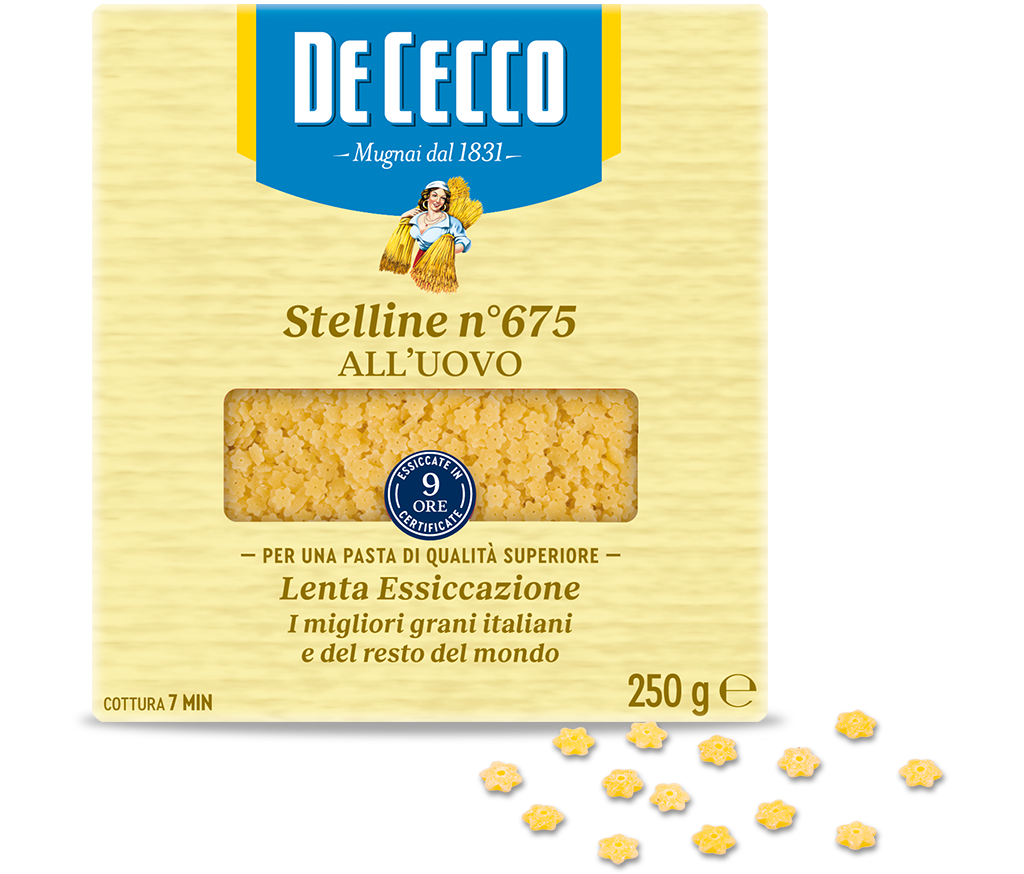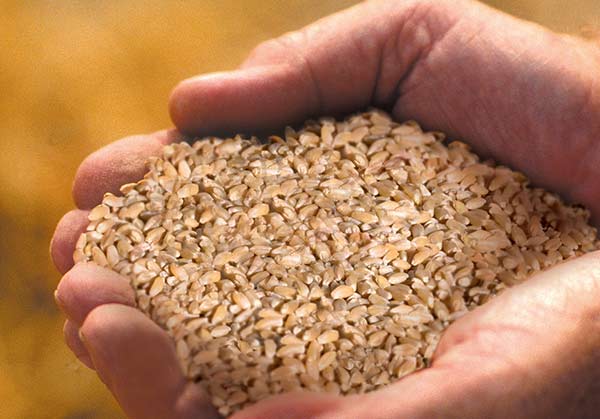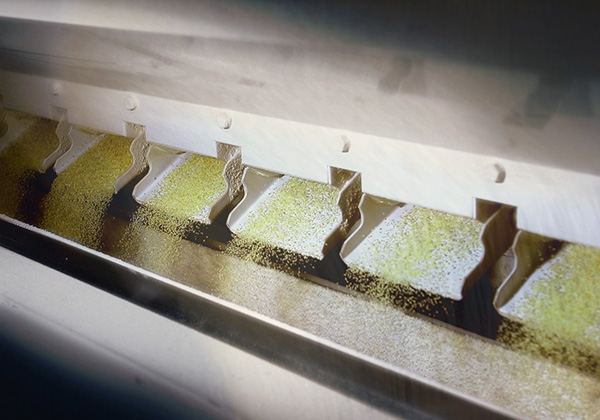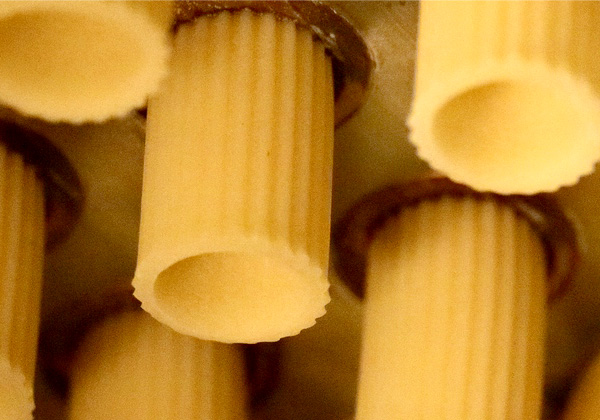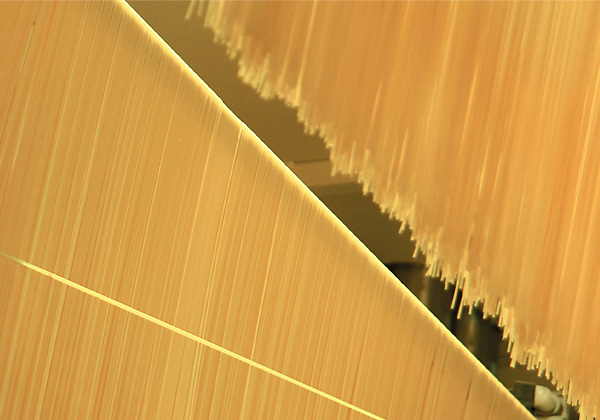Lancette n° 609 all'uovo
From the beginning of the twentieth century, many forms of pasta have been inspired by mechanics and the automotive industry, such as Radiatori (radiators) or Rotelle (cogs).
Lancette (clock hands) are also part of this tradition and have an original shape like tiny bow ties with pointed tips.
Lancette are especially popular with children because of their original, whimsical shape. They are excellent for preparing clear soups such as broths or consommé with croutons or vegetables cut into julienne strips. This pasta can also be used in thick creamy or velvety soups.
Available in 500g pack.s
- Cooking time: 6 min
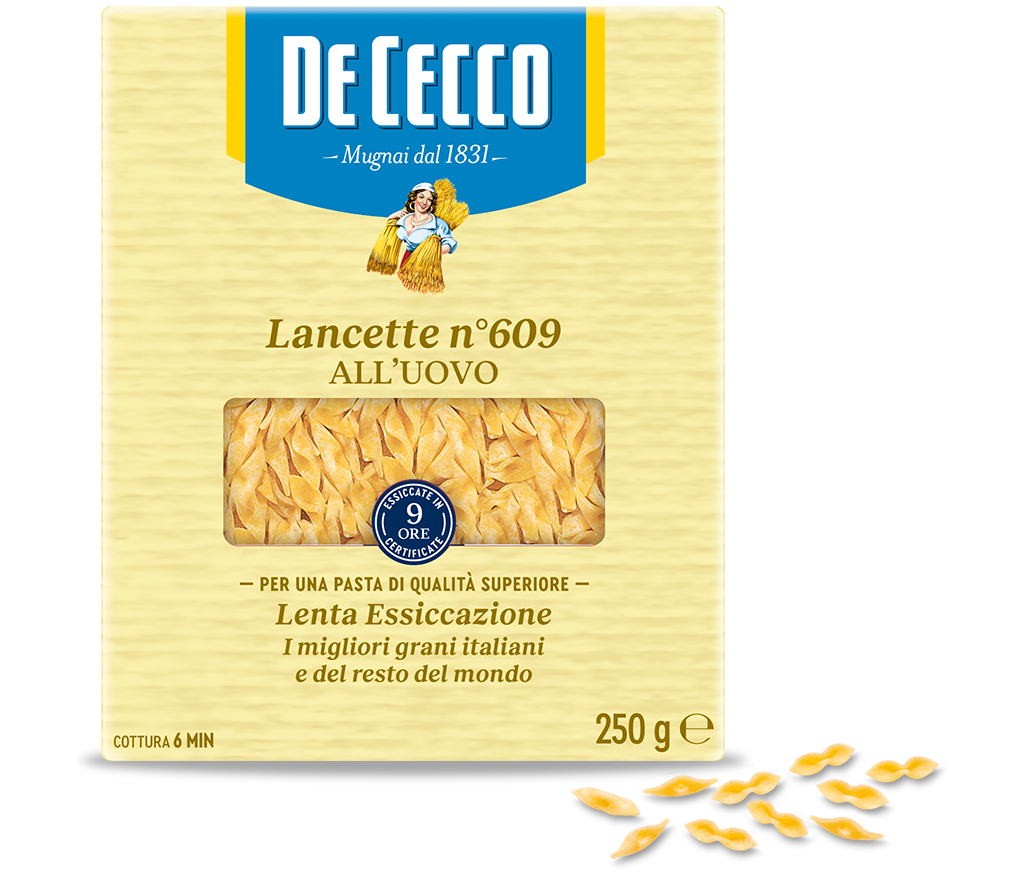
Our method
Stelline n° 675 all'uovo
Stelline (little stars) belong to the minute pasta family to be cooked in broth.
This pasta shape was undoubtedly invented to stimulate the imagination of children who commonly eat this pasta in baby food and vegetable soups. The pasta is shaped like a star and is small and appealing.
It is especially good for preparing clear soups such as broths or consommé, enhanced with croutons or vegetables cut in julienne strips.
This pasta can also be used in thick creamy or velvety soups.
Available in 250g packs
